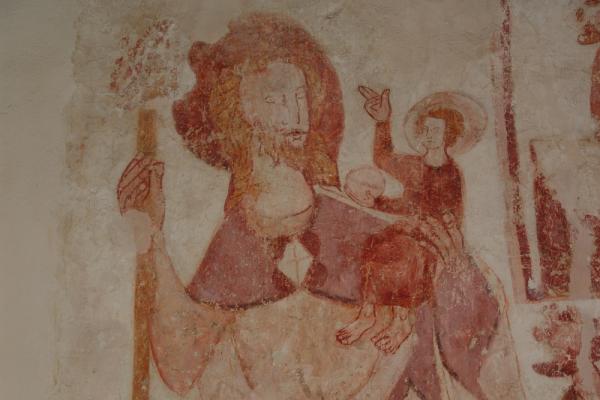Jul 22, 2019
What I did not tell my friend, even as I thanked her, is that just as Christopher has become less churchy, so have the rest of us. I did not say that I’m not quite comfortable with religious jewelry in general, and in this case, don’t even wear the medal for safe passage. Instead, St. Christopher is a reminder of beautiful imperfection and radical acceptance — the patron saint of just right.
Read the Full Article

Already a subscriber? Login
